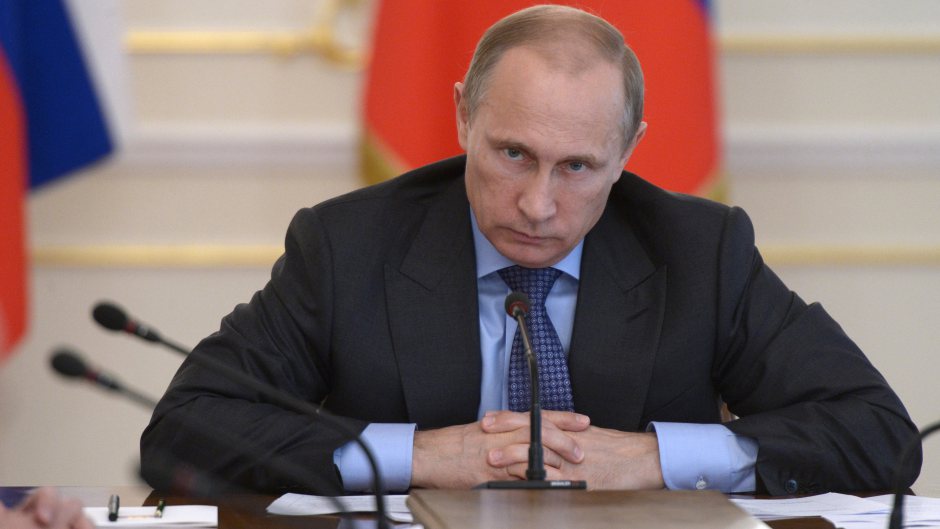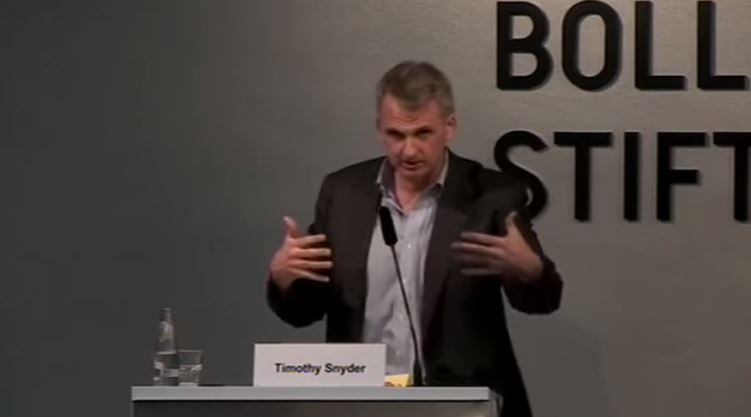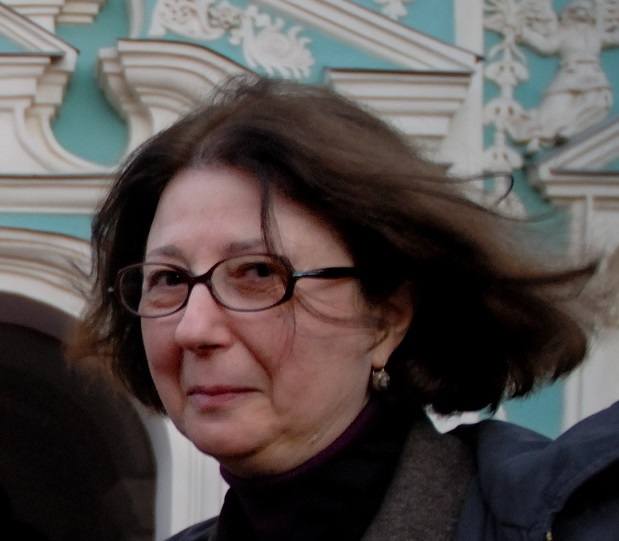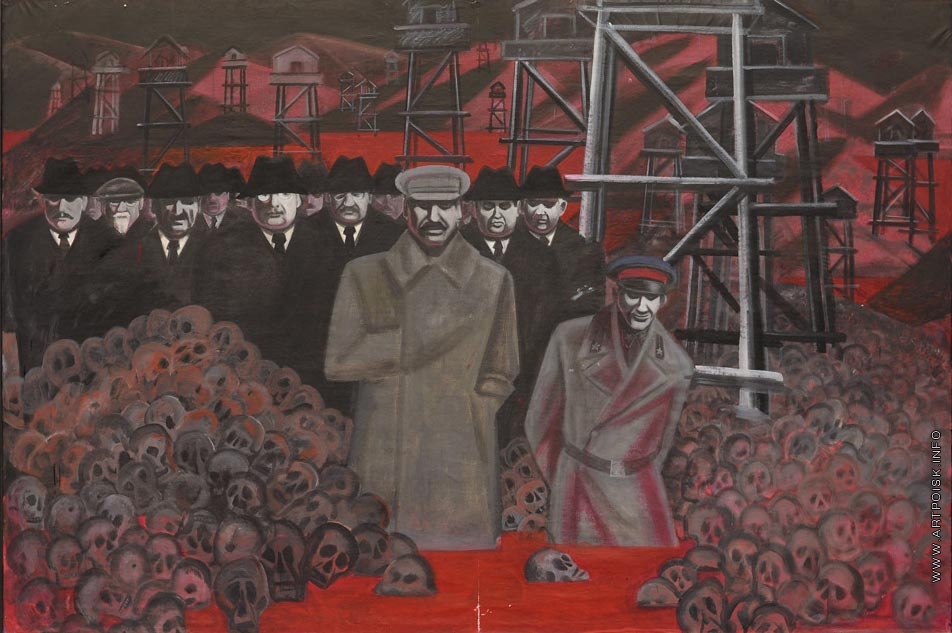Amid the mass protests in the city of Khabarovsk in the Russian Far East, a Russian commenter explains how the predominantly Ukrainian past of the entire region is now largely and intentionally ignored by the Russian authorities.
Most Russians and many outsiders believe that when the Russian Empire acquired the Far East, it dispatched Russians to settle the area and that members of that nation are the ancestors of those who live there now, a view actively promoted by cultural institutions in the region.
But this commonly accepted view isn’t true: Most of those who were sent to the Russian Far East were from Ukraine, Belarus and the Baltic lands, with the Ukrainians being especially dominant up until the 1920s and 1930s [at the times, this territory was known as Zelenyi Klyn (Green Wedge) or Green Ukraine, - Ed.].
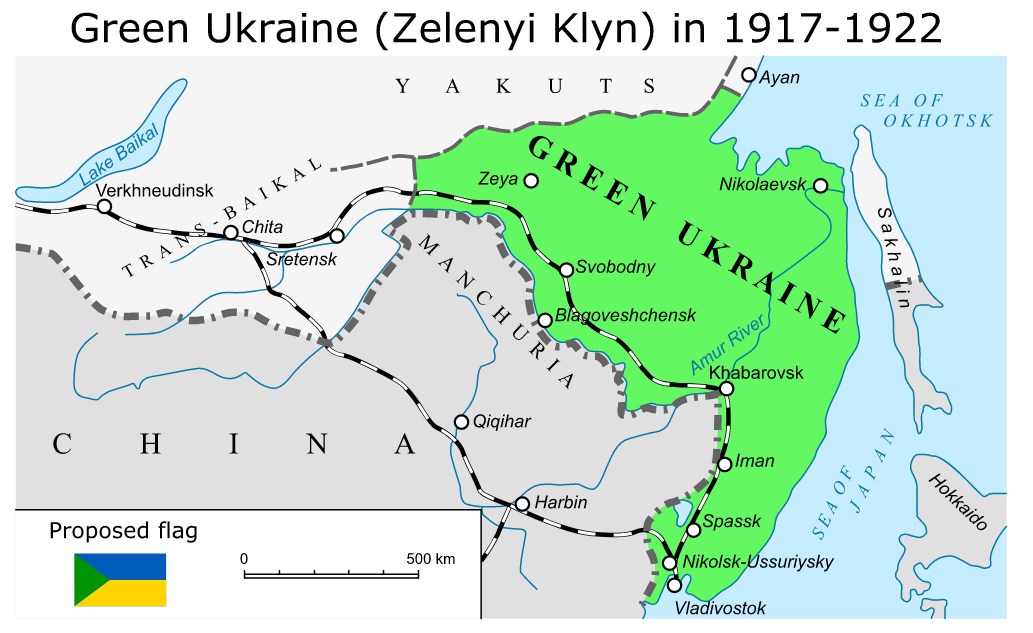
Since 1991, activists and officials in Ukraine have talked about promoting Ukrainian identity in that region, but they have done relatively little not only because Moscow is so sensitive to this issue but because many in the West argue that talking about that is overly provocative.
Read more on Zelenyi Klyn (Green Wedge) and Kuban:
- Moscow deliberately undercounting ethnic Ukrainians in Russia, Kyiv official says
- Japanese expert: Ethnic Ukrainians form 60% of Northern Territories’ (Kuriles’) population
- Russian nationalists oppose Moscow’s plan to resettle Ukrainian refugees in Far East
- Stalin’s anti-Ukrainian policies in RSFSR prove Holodomor was a genocide
- 83-86% of the Black Sea Cossacks in Kuban region were Ukrainian
- A real ‘wedge’ issue: Ukrainian regions in the Russian Federation
- Kuban might pursue independence but won’t become part of Ukraine, Russians say
- Russians repress Ukrainians in Far East and threaten to deport Crimean Tatars there


